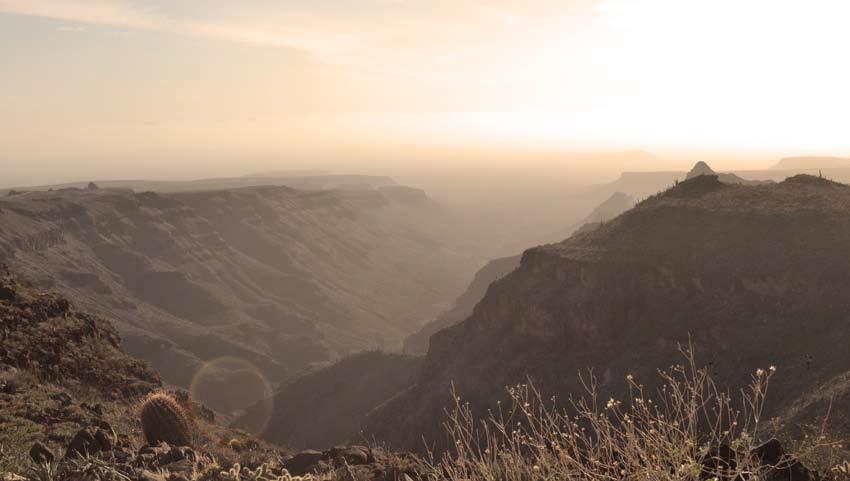Gustavo Danemann
Pronatura Noroeste will improve the capacity to provide ecotourism services in the Cave Paintings World Heritage Site.

Sierra de San Francisco conforms a biological corridor proprietary for environmental conservation in central Baja California. In order to promote the conservation of the biological and historical features of this region, in 2009 PNO launched a “Tourism for Conservation” project, designed to link low impact tourism, rural community development, and world heritage site conservation.
In the proposed project, and based in our former diagnosis, we intend to build capacity in the local community to provide ecotourism services, as an opportunity to generate a direct economic incentive for their involvement in the efforts to conserve the natural characteristics and uniqueness of this site. The activities identified to have a great potential are related to what is known as rural & cultural tourism: wildlife monitoring trips combined with visits to the local ranches, where visitors can experience the local gastronomic and art craft traditions. In this framework, selected communities in the Sierra de San Francisco will receive training to increase their capacity and abilities to provide tourism services. This training will prepare community members to achieve the minimum standards required to provide rural tourism services (i.e. Sanitary and food handling issues), as well as environmental interpretation, botanic information and cultural resources conservation.
This archaeological site holds the largest gallery of cave paintings in the world and is located in a highly biodiverse biosphere reserve. Ecotourism activities have the potential to generate an economic flow to support sustainable development in the local community, which currently has dramatically limited opportunities for development, education, and health. It will also emphasize the geographic, cultural aesthetic and heritage values of this site, promoting its preservation.
After completion of the project, we expect to have produced a) improved capacity of a minimum of 25 individuals in the Sierra de San Francisco WHS to offer ecotourism services in their communities, satisfying basic international standards; b) design and implementation of three ecotourism tours focused on ranches, hiking and flora and fauna monitoring trips; and) design of an interpretative trail which that include information on traditional use of local plants.